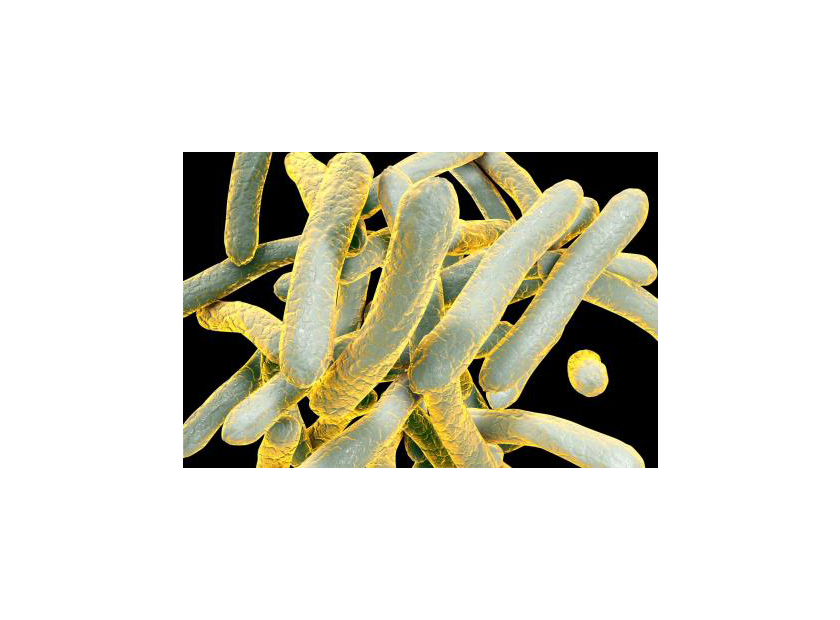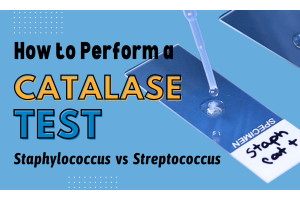Bone Grafts: A life-giving procedure becomes life-threatening...
Some patients have become infected with TB from contaminated graft material. How are they screened for infectious disease?
In June of this year, it was discovered over 100 patients may have been exposed to tuberculosis originating from cadaver-derived material used in their bone graft procedures.
Second only to blood, human bone is the next most transplanted tissue and is uniquely suited to heal itself. With an aging population, demand for bone grafts used for procedures such as bone and joint disorders, as well as dental bone grafts, is expected to see a market boom in the coming years.
Currently, there are approximately 500,000 bone grafts performed in the U.S. each year. Though autologous bone—bone taken directly from the patient’s own bone—is the gold standard, this type of graft is not always possible, especially because of the limitations in terms of the graft amount that can be harvested. Therefore, allogenic bone—dead bone harvested from a human cadaver—can be used as a scaffold over which the patient’s own bone can re-grow and fill in the defect or void.
Allogenic bone is available in a variety of preparations: morselized and cancellous, corticocancellous, cortical graft, osteochondral, whole bone segment, and demineralized bone matrix.(1) It is advantageous in that it doesn’t require a
procedure to harvest the patient’s own bone, so it can be used in time-sensitive procedures, such as those caused by trauma, or when performing an autograft (using autologous bone) may not be feasible.
However, one of the critical risks to using allogenic bone is the potential for transmission of an infectious agent, such as a virus or bacterium, that may be present in the sample despite thorough donor testing. A review of literature cases shows HIV, HBV, HCV, and bacterial infections, including Clostridiodes difficile, have been reported.(1)
Moreover, many infectious agents, like spores, cannot be completely removed through a sterilizing process due to the density of cortical bone, though viruses can be eliminated via the popular freeze or freeze-drying process. Consequently, there is a higher level of risk to the recipient when using allogenic bone grafts.

The risk of infectious disease transmission highlights the need for appropriate sterilization techniques or testing methods in the tissue banking practice.(2) For example, recent news reports document several patients became sickened by tainted allograft (allogenic bone) material known as FiberCel.(3,4) FiberCel is a fiber-based, malleable, putty-like bone repair product made from human cadaver tissue engineered to maintain natural tissue
characteristics.(4) It can be used in orthopedic or reconstructive procedures alone, or in combination with autologous bone or other forms of allogenic bone.

The affected allogenic FiberCel bone had been infected with tuberculosis and used in various orthopedic and spinal graft procedures. Sickened patients were tested and their wounds found to be contaminated by the same bacterium. The lot of contaminated allogenic bone consisted of 154 units, which had been sent to 37 facilities in 20 states, all derived from a single donor. The CDC states between March 3rd and April 2nd, 136 units were implanted into 113 patients.(7)
Aziyo, the company at the center of the investigation, is performing a voluntary recall and is currently being sued.(5)

The unfortunate consequence of infection by tuberculosis is significant. Mycobacterium tuberculosis often affects the lungs, but the bacterium can attack any part of the human body; if not treated properly, the infection can become
fatal.(6) In addition, because tuberculosis is a communicable disease and a threat to public health, infections must be
reported to local or state health authorities. Infected patients must endure a lengthy treatment period with antibiotics, and there may be concerns for infection by a multi-drug resistant strain of the bacterium, which could further complicate patient treatment and recovery.
Without antibiotic treatment, TB often becomes latent: not causing symptoms in people until their health declines for other reasons. But in less healthy or immunocompromised people, TB can cause serious, life-threatening illness. Outside of the U.S., TB remains one of the more common deadly diseases in the world, killing upwards of a million people annually. The United States reported nearly 9,000 cases of tuberculosis in 2019. Up to 13 million people in the United States are estimated to be living with latent TB infection, according to the CDC.
Oversight of tissue processing in the U.S. is by federal and state regulatory authorities under the Uniform Anatomical Gift Act (UAGA). Tissue banks are governed by the National Organ and Tissue Transplant Act (NOTA). The recent event outlined above may result in testing or frequency of inspection changes, especially due to the potential growth in bone
graft market needs in the coming years, and has already resulted in a bulletin on the American Association of Tissue Banks (AATB) website: Potential Mycobacterium tuberculosis Transmission Through Tissue Transplantation.
Tissue banks must follow guidance documents to assess tissue donor material, follow comprehensive, stringent microbiological testing processes, and have environmental controls and monitoring procedures in place, in addition to other regulatory procedures and practices to become or remain accredited. For more information on standards for tissue banking or tissue banking guidance documents, or to find an accredited tissue bank, see the AATB website: https://www.aatb.org/.
By Kerry Pierce
Design and Development Microbiologist
Hardy Diagnostics
References:
- Sohn HS, Oh JK. Review of bone graft and bone substitutes with an emphasis on fracture surgeries. Biomater Res. 2019;23:9. Published 2019 Mar 14. doi:10.1186/s40824-019-0157-y
- Fahmida Binte Atique, Md. Masudur Rahman Khalil, "The Bacterial Contamination of Allogeneic Bone and Emergence of Multidrug-Resistant Bacteria in Tissue Bank", BioMed Research International, vol. 2014, Article ID 430581, 5 pages, 2014. doi.org/10.1155/2014/430581
- https://menafn.com/1102225912/AziyoBiologics-Comments-on-June-2ndVoluntary-Recall-of
- https://www.beckersspine.com/spine/ite
m/52021-patient-sickened-by-taintedspine-allograft-sues-aziyo-medtronic.htm - https://www.fda.gov/vaccines-bloodbiologics/recalls-biologics/urgent-voluntary-notification-fibercel-fiberviable-bone-matrix-fibercel-lot-numbernmds210011
- https://www.cdc.gov/tb/topic/basics/default.htm
- https://www.washingtonpost.com/health/2021/06/18/tb-bone-product/







